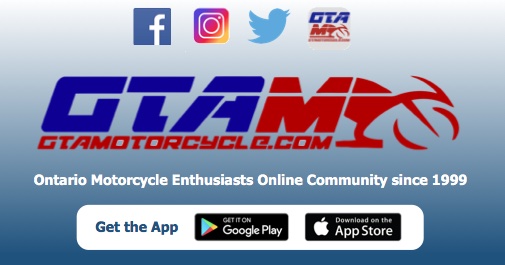cvcb
Well-known member
First and foremost, I do apologise beforehand if some may think this thread is repeated or redundant. I did search it around here, but could not anything that would satisfy my curiosity. That said...
Been riding for 6 years now and I want to up my skills and eventually go racing, by that I mean take part in track days. Racer5 seems to be a obvious choice (and the closest to me). The gather of info just show the course is good, it is worth it etc, etc...
The problem for me at least is that, because I don't know anyone that went to the school or go regularly to track days, I miss the " mentoring" , or the heads-up to what to expect.
All to ask if somebody could write down some lines in how was the process of going to the school, what to expect...
I would love to apply for May but June seems more realistic to me. As a side note, if somebody can clarify what helmet are allowed, it would be most helpful (ECE22.06 is ok?). Thank you, and again, apologies for the repetition...
Been riding for 6 years now and I want to up my skills and eventually go racing, by that I mean take part in track days. Racer5 seems to be a obvious choice (and the closest to me). The gather of info just show the course is good, it is worth it etc, etc...
The problem for me at least is that, because I don't know anyone that went to the school or go regularly to track days, I miss the " mentoring" , or the heads-up to what to expect.
All to ask if somebody could write down some lines in how was the process of going to the school, what to expect...
I would love to apply for May but June seems more realistic to me. As a side note, if somebody can clarify what helmet are allowed, it would be most helpful (ECE22.06 is ok?). Thank you, and again, apologies for the repetition...

